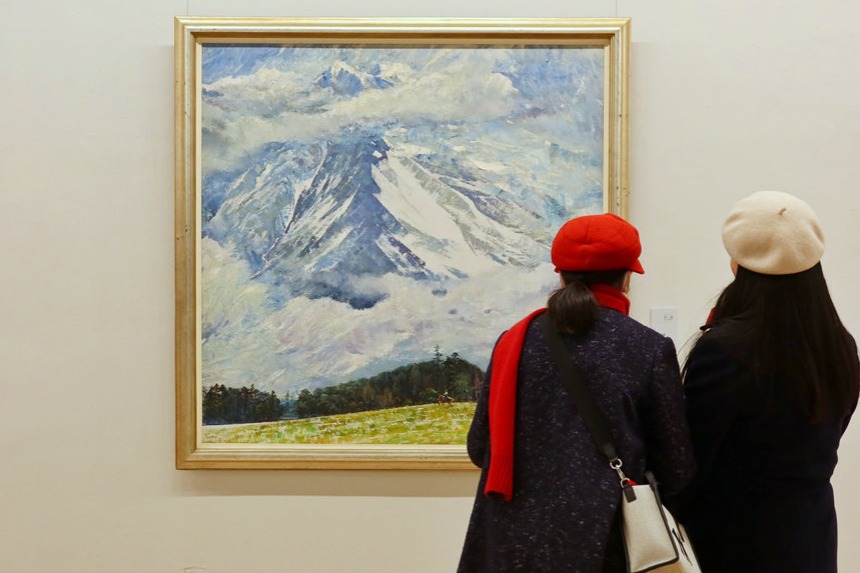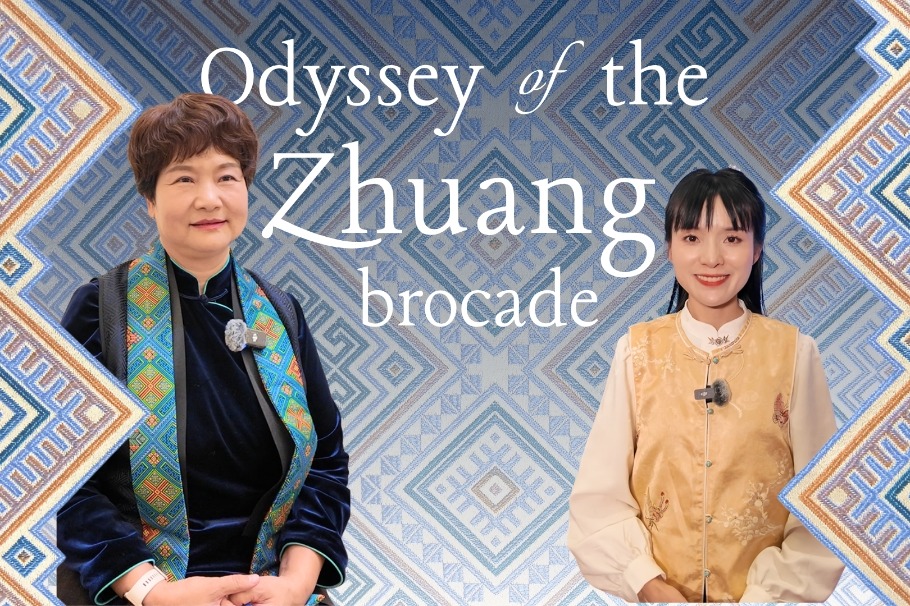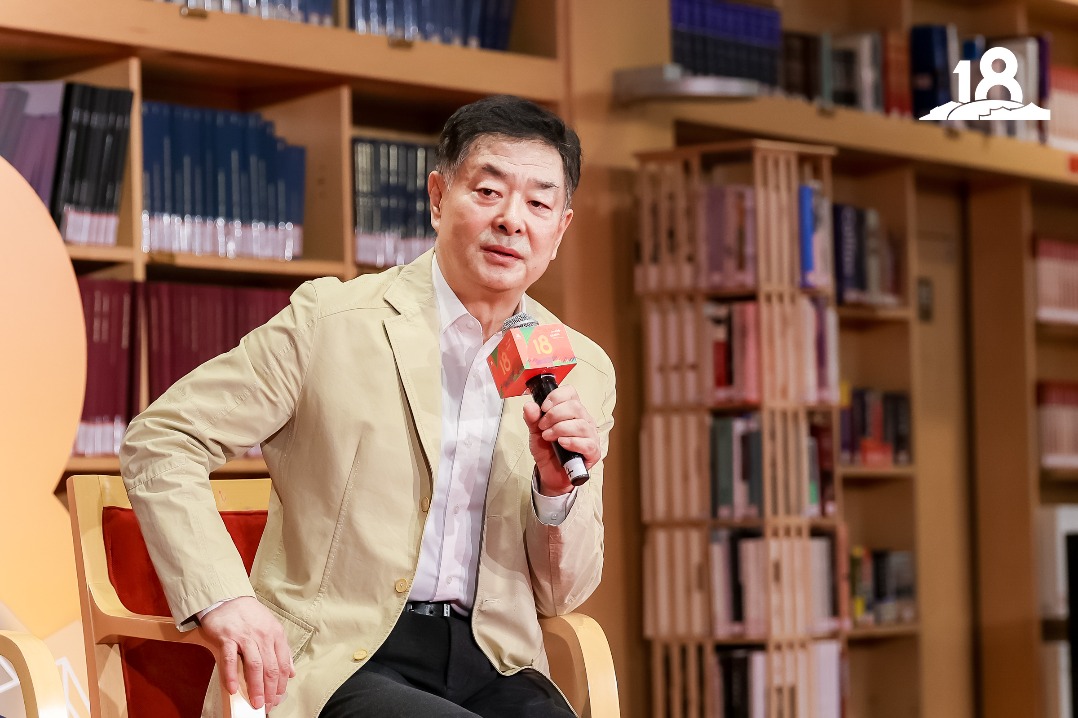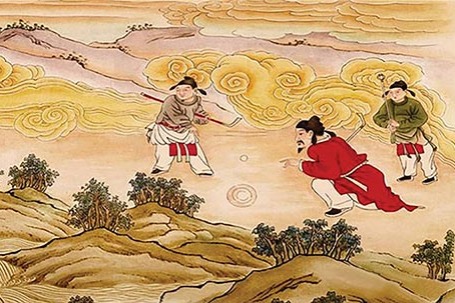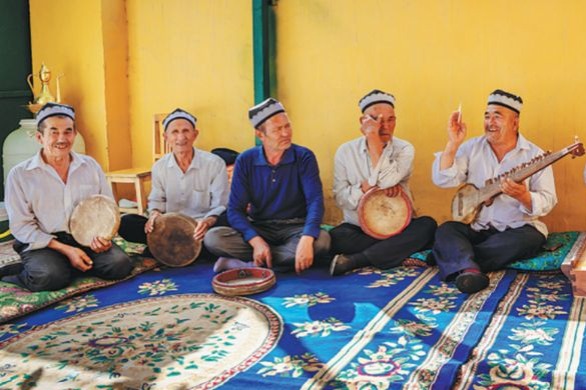Forging bonds beyond borders
China's pairing assistance programs blend intangible heritage with livelihoods, empowering Xinjiang women, Yang Feiyue reports.


To date, China has established a four-tier representative intangible cultural heritage cataloguing system at the national, provincial, municipal, and county levels, enabling systematic protection of the outstanding traditional cultures of all regions and ethnic groups.
Cultural heritage has thus become both a vehicle and a bond that promote interactions among China's diverse ethnic groups.
Yangzhou jade carving municipal representative inheritor Xue Qun came to Hotan earlier this year, eager to learn from such exchanges.
"When inheritors from different regions and disciplines communicate freely and learn from one another, it creates a powerful synergy," she notes.
"We complement each other's strengths, improve our techniques, broaden our perspectives, and explore new markets."
The connection between Yangzhou jade carving and Hotan jade dates back decades.
In the 1980s, the Yangzhou jade factory partnered with an arts and crafts company in Hotan to establish a jade carving workshop, infusing Hotan's prized jade with Yangzhou's renowned craftsmanship.
In recent years, Yangzhou has trained over 100 jade carving practitioners from Hotan, two of whom have been recognized as autonomous regional-level masters of arts and crafts in Xinjiang. Yangzhou has also helped Hotan develop a range of culturally innovative jade products that have been well received in the marketplace.
Minawar Mutallip, a county-level inheritor of farmer paintings in Xinjiang's Makit county, has been a beneficiary of cultural exchange.
In 2017, feeling that her artistic practice had reached a technical plateau, she secured an opportunity to travel to southeastern Fujian province and study lacquer painting.
There, she began experimenting with incorporating materials such as alkaline powder and eggshell into her traditional farmer paintings, creating an innovative hybrid art form.
"Learning lacquer techniques wasn't easy — it came with the countless challenges of merging different artistic disciplines," she says. "But I'm determined to use more creative methods to depict the landscapes and the culture of Xinjiang."



















